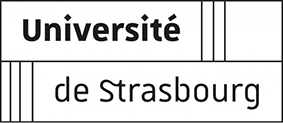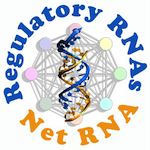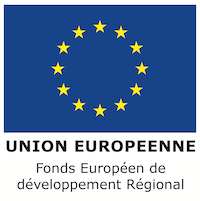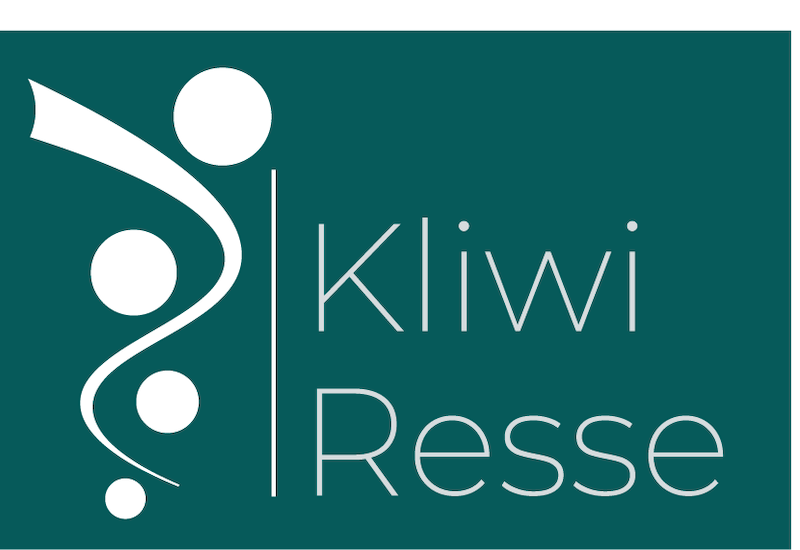The gibberellin (GA) plant hormones are signaling molecules that regulate various growth processes throughout plant development. Given their crucial role, GA levels and signaling cascade from GA perception to transcriptional reprogramming are tightly regulated in specific areas and at specific times during development.
To fully understand the function of GA in a high spatio-temporal resolution, scientists from the team of Patrick Achard in the collaboration with the team of Teva Vernoux (ENS-RDP, Lyon) report on the engineering of a fluorescent degradation-based ratiometric biosensor, which quantifies the signaling activity resulting from the contribution of GA and of the perception machinery processing the GA signal. The authors demonstrate that this GA signaling sensor negligibly interferes with plant growth and GA responses, and accurately reports on cellular changes in endogenous GA levels and receptor activity. Then using the biosensor, the authors mapped GA signaling activity in the shoot apical meristem (SAM) and found to be high in the boundaries of organ primordia. Genetics and correlation analyses suggest a role for GA signaling in cell division plan orientation contributing to internode specification, a key trait for plant architecture and crop improvement. This study supported by the Agence Nationale de la recherche (ANR GrowthDynamics) was published in the journal Nature Communications on May 8, 2024.















